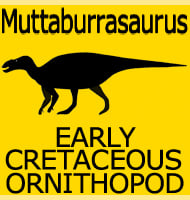Qantassaurus
In Depth Like so many other Australian dinosaurs Qantassaurus is known only from frustratingly incomplete remains. At the time of writing the only parts of this dinosaur that are known are partial jaws, but they are still distinct enough to recognise as a new type of dinosaur. Qantassaurus has been classified as a hypsilophodontid dinosaur, … Read more

